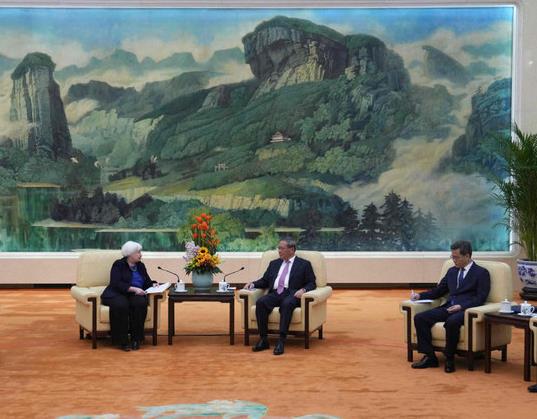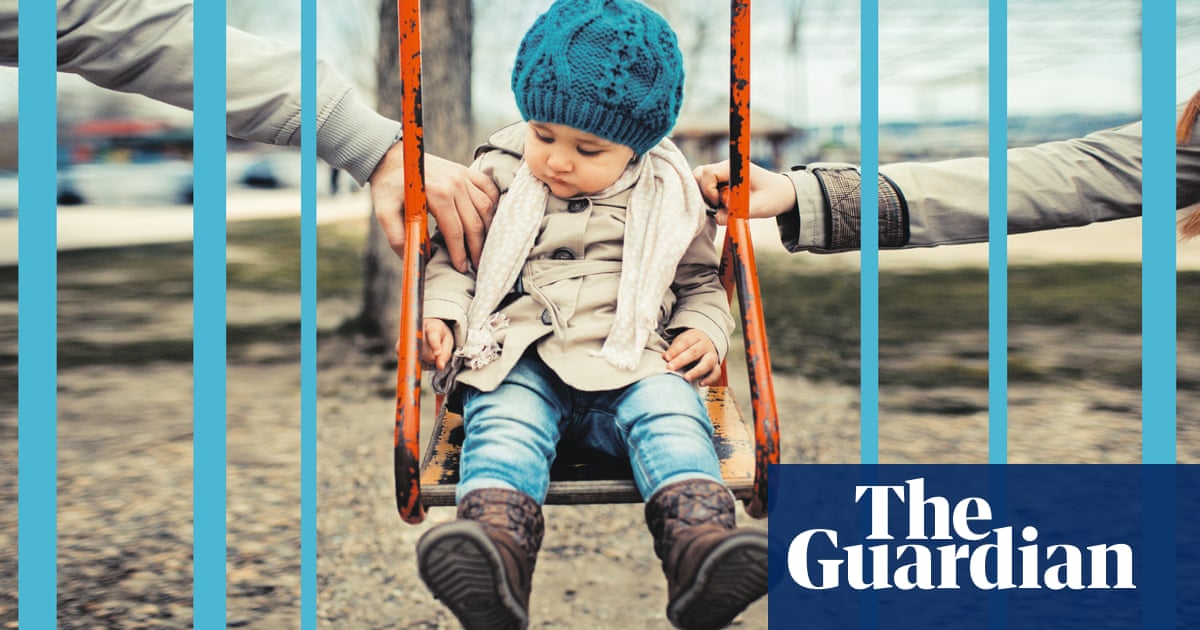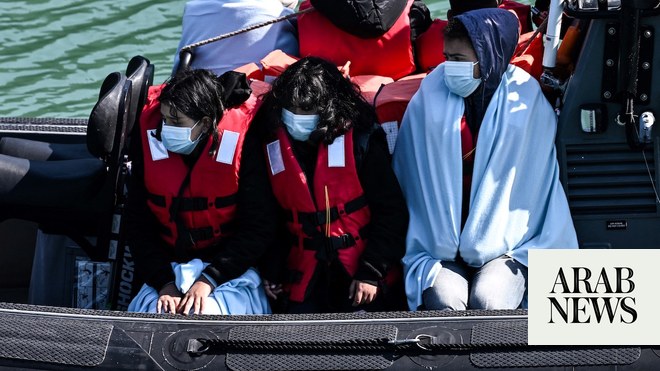
erm one at Australian schools did not so much end as unravel. Its final weeks were described by the New South Wales Teachers Federation as “one of the most difficult school terms for the profession in living memory”.
Last weekend, the federal education minister, Dan Tehan, acknowledged arrangements will differ across states and territories in term two. “The nationally consistent approach is that, when it comes to parents who have to work, when it comes to vulnerable children, schools have to be open, and have to make sure that they provide a safe learning environment for those children.”
When the bulk of students return, Tehan and the NSW Teachers Federation president, Angelo Gavrielatos, are suggesting a staggered approach. “We could consider a return of year 12 and kindergarten, followed by year seven and year six, and progressively pad that out,” Gavrielatos said last week.
Until then, for many of Australia’s four million students, school is at home – but it’s not home-schooling per se. “Home-schooling is when you make, or buy, your own curriculum,” says Rebecca English, a professor at Queensland University of Technology’s faculty of education. “[These families] are simply facilitating their children’s learning at home.”
Distance learning is the best parallel and that’s been happening in rural and remote regions since Alice Springs’ school of the air began via two-way radio in 1951. “Schooling online isn’t a revolution or a cause for concern, it’s normal for thousands of children in Australia,” says Philip Roberts, associate professor at the University of Canberra’s faculty of education.
The rapid and en masse switch to learning from home in March was not normal, however, and spotlighted pre-existing inequalities. “That includes students who don’t have technology at home, don’t have access to good broadband or don’t have a supportive home environment,” Prof Roberts says.
Some states are trying to at least plug up the digital divide. The Victorian government is loaning around 6,000 devices to students in need, and providing SIM cards or dongles to others. NSW has a similar scheme, prioritising year 12 students. Meanwhile, telecommunications companies, including Telstra, Optus and budget providers, are offering free bonus data and waiving late payment fees.
The main stress for families not under financial strain is that parents or carers were rapidly thrust into working from home too, often full-time. Matt Levinson lives in the Sydney suburb of Rozelle with his wife, Polly, a part-time physiotherapist at a hospital, and their children, Archer, nine, and Nina, 11. The couple took their children out of Rozelle public school three weeks ago when attendance in NSW fell to around 20%.
Before Covid-19 struck, Levinson’s job with the United Nations high commissioner for refugees was office-based but now he’s at home. “I’ve got a job and I’m so grateful for that,” he says. But it’s been stressful. “Those moments when you’re trying to get through work and be available to workmates as well as support your kids or, like, solve a technical problem with signing in to Zoom or [Google] classroom or whatever,” he says.
Space is tight in the family’s cottage. “We got a second-hand desk for my daughter but my son and I are both at the kitchen table working. The learning environment is very much patched together.” Meanwhile Levinson’s work is “absolutely peaking”, he says. “We’ve got a worldwide crisis around preparing for the coronavirus response in refugee settlements.”
The Five Dock public school principal, Amanda Dawkins, understands parents’ struggle. “I’m sure there are people out there thinking ‘if I’m not productive, I’m going to lose the job’.” Dawkins says the wellbeing of Five Dock’s school community, teachers and students is paramount and that her Monday virtual assemblies are to “try to keep kids connected at a time of great disconnect”.
The impact of isolation is everywhere, she says. “Teachers have rung up and can’t get parents off the phone because it’s another adult to talk to. People are not used to being with their kids all the time.”
Dawkins suspects some parents may have unrealistic expectations. “If they’re expecting kids to be working six hours a day, good luck with that!” she says. “For older children 30 to 45 minutes at a time is enough. For the little kids, it’s 15 minutes. If they’re getting wriggly or poking their sibling or there’s a lot of sighing going on, it’s time for a break.
“I’ve told families, if kids come back with the skills and knowledge they had when they left us, I’m happy. If they do fall behind we’ll move them forward and then some.”
English says a healthy home learning environment is low pressure with gentle limits. “Involve your child in negotiating those limits,” she says. “Say ‘I need to do X today and you need to do Y. How will we manage the day?’. Kids with agency are more likely to come along for the ride.”
Morning is best. “Kids start to lose the plot a bit after lunch,” she says. “And if something isn’t working, or they’re not understanding the work, let it go. You always have tomorrow.
“If you’re struggling with the volume of work being sent home – and some of what I’m hearing from the private schools is just incredibly onerous – then tell the teachers. They are still your touchstone if you get stuck with anything.”
High school teachers have up to 100 students across multiple classes,so be patient, English says. “This is the first time teachers have had to do this. Everyone’s finding their feet and we need to be gentle with each other and with ourselves.”
Dr Samantha Thomas is the mother of a 12-year-old and a 15-year-old who attend a public high school in Melbourne. Thomas had arranged time off work to transition her children but was pleasantly surprised at the school’s implementation of remote learning. “It’s clear a really significant amount of work was done to create structured lessons that engage the kids,” she says. “It’s been so smooth that I’ve still been able to get quite a bit of work done myself.”
Key to her 12-year-old’s success is how he’s connected with a friend. “They’ve been working as a pair – he’s taken it onto himself to do that. It’s been interesting to hear them help and motivate each other with work or things they don’t understand. It’s a really great skill for kids to learn as well.”
Both children workshopped a way to stay active by playing basketball in their lunch break. Again, says Thomas, it was their idea – not hers. “As a parent I probably underestimated their ability to problem solve and overcome challenges, including adapting to this new environment.”
With children Nina and Archer, Levinson and his wife are encouraging longer-term projects steered by the children. “Their set work doesn’t fill whole days and they can’t go and play with their friends. So we’re doing some fun creative projects that last a few days or weeks.
“They’re working on some power points to convince us of a few things … we’re setting up a vegetable garden. We’ll keep some of the school structure over the holiday because all the other structure has kind of disappeared.”
Encouraging kids to pursue their own interests is a great idea for older kids too, English says. “It’s agency and self-determination over their learning that they probably don’t get at school. This time could potentially be a real boon. Everything is so siloed in school but I think we should be thinking more about integrating curriculum areas. We know from the research it’s more interesting for students and teachers.
Baking and gardening are examples, she says. “With baking a cake there’s fractions and mass, mathematical concepts. Recipes are procedural texts and then you have elements of science, like, ‘how does exposing this particular concoction to heat change it?’. There is humanities and social sciences if you talk about your own baking experiences. You talk about intergenerationality and tell stories, which relates back to English.”
Dawkins says it will be interesting when all the students come back. “The kids at school have become quite close. It’s really nice, they’re playing together and working together.” In general, she hopes the return will herald a time that is “softer and less focused on the academic”, she says. “Parents are getting to know their children, in some cases, and that’s that’s a really positive thing.”
Levinson agrees. “It’s been tough but also a rare joy to have this time with my kids. I feel like I’m seeing a totally different side of them, really understanding the way they work. When we go back to normality, assuming we do, this will be a time I will treasure.”












